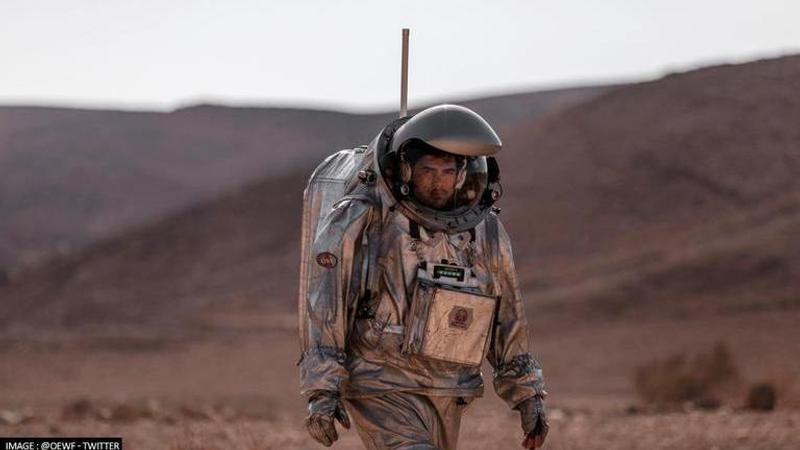Published 23:18 IST, November 2nd 2021
Astronauts complete 21-day Mars simulation exercise in Israel's Negev desert
Six astronauts emerged from the Ramon crater in Israel's Negev desert, on November 1, after spending 21 harrowing days in a simulated Martian environment.

Six astronauts emerged from the Ramon crater in Israel's Negev desert, on November 1, after spending 21 harrowing days in a simulated Martian environment. This training of the astronauts was part of AMADEE-20, which is a collaborative between the Israeli space agency and the Austrian Space Forum. With a successful conclusion of the assignment, the scientists will now analyse the data obtained from this exercise that will prove beneficial in actually taking humans to Mars. On November 1, the Austrian Space Forum informed about the completion of the training on Twitter and thanked the surviving team for the same.
Survival in the Ramon crater
During their three weeks stay in a facility built inside the crater, the astronauts were made to undergo similar conditions that they would have faced on Mars. Consisting of six members - João Lousada (commander), Iñigo Muñoz Elorza (Deputy Commander), Anika Mehlis, Alon Tenzer, Thomas Wijnen and Robert Wild, the team was subjected to total isolation from the outer world in the crater facility that measured 40 kilometres wide and 500 metres deep.
The mission experts had ensured that the conditions inside the facility to be exactly similar to Mars as a report by The Israel Times revealed that the astronauts experienced a delay while communicating with the outer world and only had a limited amount of food and water for their survival.
They also conducted a wide variety of experiments in those conditions, including fixing a broken toilet without any outside help. Gernot Gromer, the director of the Austrian Space Forum reportedly said that the Ramon crater is the best option as a Mars analog owing to the strikingly similar geological and ecological similarity and added that the habitat built for AMADEE-20 is the most modern and complex Mars simulation station on Earth. According to The Israel Times, commander Lousada, while talking to the press said,
I think we took many steps in the right direction; we learned many things that will get us one step closer to Mars. Many of the technologies we tested here, many of the procedures, the experiments — all of this is contributing in the future to get us to Mars. So I’m really confident that we have made an important step here.
As part of their training, the team carried out experiments like 3D printing of aerospace-quality plastics, testing solar-powered robots and monitoring the health of fellow participants during the entire course of the mission.
With this project, the involved agencies aimed to determine the limitations of human beings and the effects of the harsh Martian environment. Needless to say, these effects are something that those actually traveling to the red planet will have to endure. Before the start of the training, Austrian mission supervisor, Gernot Groemer had said that the ability of the astronauts to work collectively will play a crucial role in their survival.
Image: Twitter/@oewf
Updated 23:18 IST, November 2nd 2021



